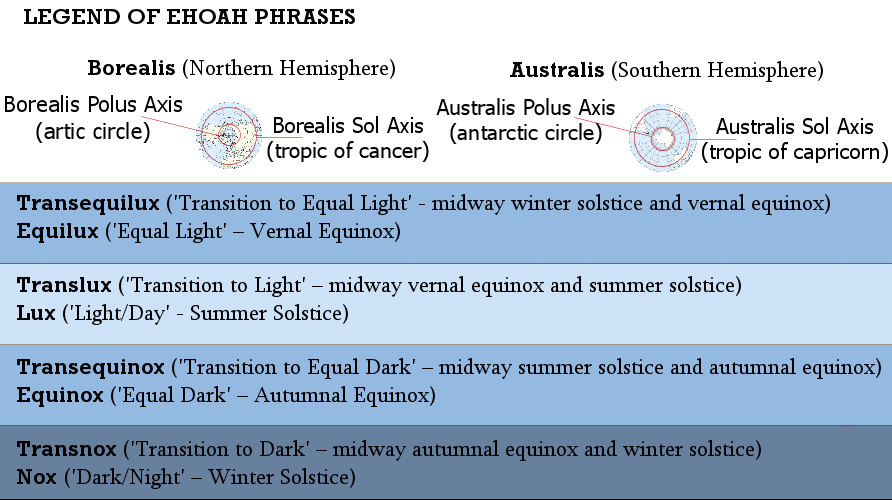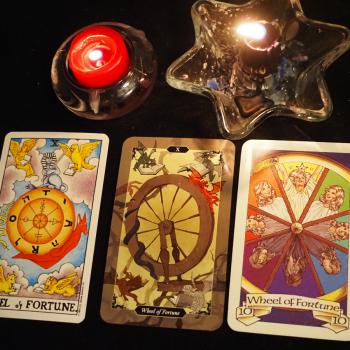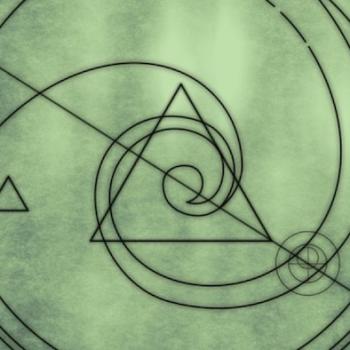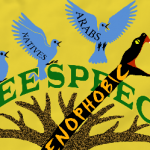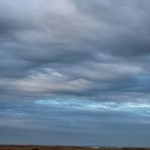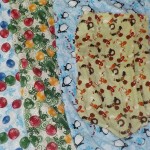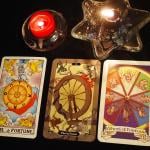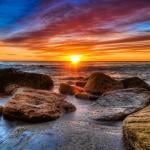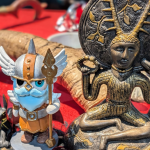F.N.A.E. articles are written with Ehoah phrases
What is Seasonally Occurring
The longest night and day on earth occurs at the same time twice a year (approximately every 183 days). Currently Australis is at its furthest tilt toward the sun making the sun’s rays hit the south pole directly and thus will be experiencing its longest day, leaving Borealis to experience its longest night. The reverse will occur half a year later.
In Australis the days are at their longest with the daily turning view of the sun at its highest along the north horizon, reaching its most southern point in the year. Noon on the longest day, along the Australis Sol Axis, no shadows are cast as the view of the sun is directly over head. It is summer. For most of Australis the wet season is in full swing with the tropical rain belt right over head. Australia itself will be getting most of its continental rain in the next couple months.
The equator will be seeing the daily turning view of the sun at its furthest southern point. This is when the Tropical Rain Belt is over the equator and reaching the Australis Sol Axis.
In Borealis the days are at their shortest, seeing the earth’s daily turning view of the sun at its lowest point over the southern horizon. At its most northern regions it is snow covered, cold and icy. In its warmer regions it is a dormant season and in its warmest regions spring is very near.
Seasonal Customs
Australis is celebrating summer and the rains it brings.
Australis activities around Lux include: Gathering ripening fruit and other foods in season.
Borealis is celebrating the ending of the long nights going into longer days.
Borealis activities around Nox include: Bonfires, visiting friends and family, gift giving, symbolic battle between winter and summer, fire dancing, sacrifice of symbolic individual from livestock, fireworks, decorating with lights, making custom seasonal lanterns, wearing seasonal costumes be it bright, bold, jingly, or starry, light parades, snow & ice sculpting, ice skating, sledding, snowball fights, skiing, feasts, sweet treats, and kite flying.
BOREALIS
|
CELEBRATION |
GENERAL DATE |
SPECIFIC DATE |
CALENDAR |
REGION OF ORIGIN |
CULTURE |
|
Late December |
December 21st |
unknown |
Turtle Island (North America) |
Zuni & Hopi |
|
|
Late December |
Pecora – Alces 1, December 21st |
Earth |
Saegoah |
||
|
Late December |
December 21st |
Western Europe |
Germanic |
||
|
December |
Between December 16th and 22nd |
North Western Europe |
Cornish |
||
|
Meán Geimhridh/Midwinter/Alban Arthan |
Late December |
December 21st |
North Western Europe |
Celtic |
|
|
Early January |
January 14th |
Bikrami calendar |
Southern Asia |
Punjabi, Hindu |
|
|
Late December |
December 21st |
unknown |
Northern Europe |
Sami |
|
|
Dongzhi Festival, 冬至, 동지, とうじ, Đông chí |
Late December |
December 21st |
East Asia |
East Asian |
|
|
Goru |
Late December |
unknown |
unknown |
North West Africa |
Dogon |
|
Late December, Early January |
December 26th. Or January 1st |
West Africa |
West African |
||
|
Late December |
December 21st |
Western Asia |
Persian |
||
|
Late December |
December 22nd |
Western Asia |
Kurdish |
||
|
Late December |
December 22nd |
unknown |
North Eastern Europe |
Latvia, Baltic states, Romuva |
AUSTRALIS
Any information on seasonal activities for Australis would be greatly welcomed to balance the representation of the hemispheres.

